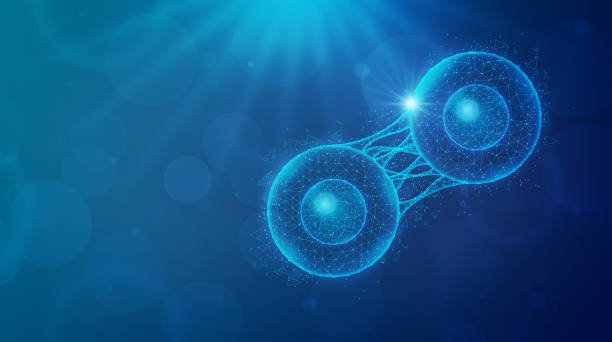
A History of Regenerative Injection Therapy
RIT History
The roots of RIT are traceable to 1830s, when injection treatment of hernias and varicose veins were invented. The scientific basis for RIT evolved in 1920’s -30’s.
In 1936 Biegeleisen coined the term Sclerotherapy, and defined it as injection of sclerosing substances to stimulate production of fibrous connective tissue to obliterate pathologic spaces such as varicose veins, hydroceles or ruptures like in hernias.
In 1956 Hackett stipulated that Sclerotherapy implied hardening, scar formation and fibrosis therefore he named this treatment “Prolotherapy” and defined it as “rehabilitation of an incompetent structure by generation of new cellular tissue”, via injection of irritating substances to stimulate proliferation of fibrous connective tissue.
Hackett synthesized the work of many predecessors from different medical fields focusing on ligaments. He proposed a paradigm that any joint including spine is only as strong as its weakest ligament and stated that majority of chronic pain is caused by hypermobility or instability secondary to "ligament and tendon relaxation at the fibroosseous junctions". Most commonly such pain is accompanied by local tenderness, and the simplest reliable diagnostic test is pain relief after local anesthetic infiltration.
Hackett knew that ligaments and tendons are well innervated therefore are a potential source of pain generation. Their poor healing ability he attributed to a relatively poor blood supply. Chronic pain arising from ligaments and tendons he explaining the by uninhibited reversible antidromic vasodilatation and neuritis. This however did not explain how the proliferation which is an integral part of degeneration and malignant hyperplasia cures the pain. Nonetheless the relative simplicity of this treatment attracted proponents from general practice and orthopedists who observed similar good results in their patients.
During following decades, experimental and clinical studies demonstrated effectiveness of this treatment. Also developments in the basic and clinical sciences, not specifically addressing “prolotherapy”, provided a matrix for the contemporary understanding and explanation but with a different nomenclature.
Degenerative changes with disorganized collagen were found in the supraspinous and interspinous ligaments where number of proteoglycan bonds was decreased and they appeared irregular. Cartilaginous tissue and calcium deposits were also present in these locations and coincided with degeneration of the intervertebral disk (IVD). A high correlation was found between gene defects of COL9A3 and IVD degeneration with dorsal annular tears accompanied with end plate changes. Degenerative changes found in tendons are similar to those found in the nodules of fibromyalgia.
Detailed anatomic studies described innervation of the spinal joints, ligaments and tendons. Based on these anatomic descriptions, experimental studies on healthy volunteers produced new detailed pain maps arising from spinal synovial joints, intervertebral discs sacroiliac and hip joints. These maps significantly resembled those described by Kellgren, Hackett and Feinstein half a century earlier.
The “Fortin finger test” to diagnose sacroiliac joint pain was independently described and scientifically validated, vindicating the same (but a less known) finger pressure test of Hackett. Similarly, other authors verified objectivity of tenderness upon pressure over posterior lumbar ligaments and tendons in the midline as a sign of their contribution to chronic pain. Deep structures that can not be accessed by finger are examined with an instrument; therefore, pressure discography or SIJ arthrography is a complex way to “elongate the finger” and apply pressure in order to elicit a response.
It became clear that “ligament and tendon relaxation”, in reality is a connective tissue deficiency syndrome with seronegative, enthesopathies, tendinosis and ligamentosis affecting spine or extremities, and presenting clinically, in a variety of chronic painful symptoms, mimicking all of the described pain patterns.
It also became clear that in a complex restorative process, the proliferative phase is relatively short in comparison to the regenerative / reparative phases, and does not explain the long lasting pain relief after injections. Conversely, basic anesthesiology studies demonstrated the neurolytic properties of hypo and hyperosmolar solutions, explaining the pain relief obtained after various concentrations of dextrose, glycerin and phenol containing injectates.
Neurovascular ingrowth was found in degenerated IVD’s, knee menisci and various tendons. In tendons these findings coincided with hypoechoic findings on ultrasound. More so new research demonstrated that regression of the neurovascular ingrowths in tendons has lead to return of normal appearance of tendons, pain abolishment and restored function. These findings clearly support the name Regenerative Injection Therapy.
The newest developments in the treatment of chronic painful musculoskeletal conditions are the use of Platelet Rich Plasma and Stem Cells. AAROM will keep you abreast with the new developments and historically important publications.
-
-

LIBRARY
Find a host of articles that bring regenerative therapy research from the past to the future.
